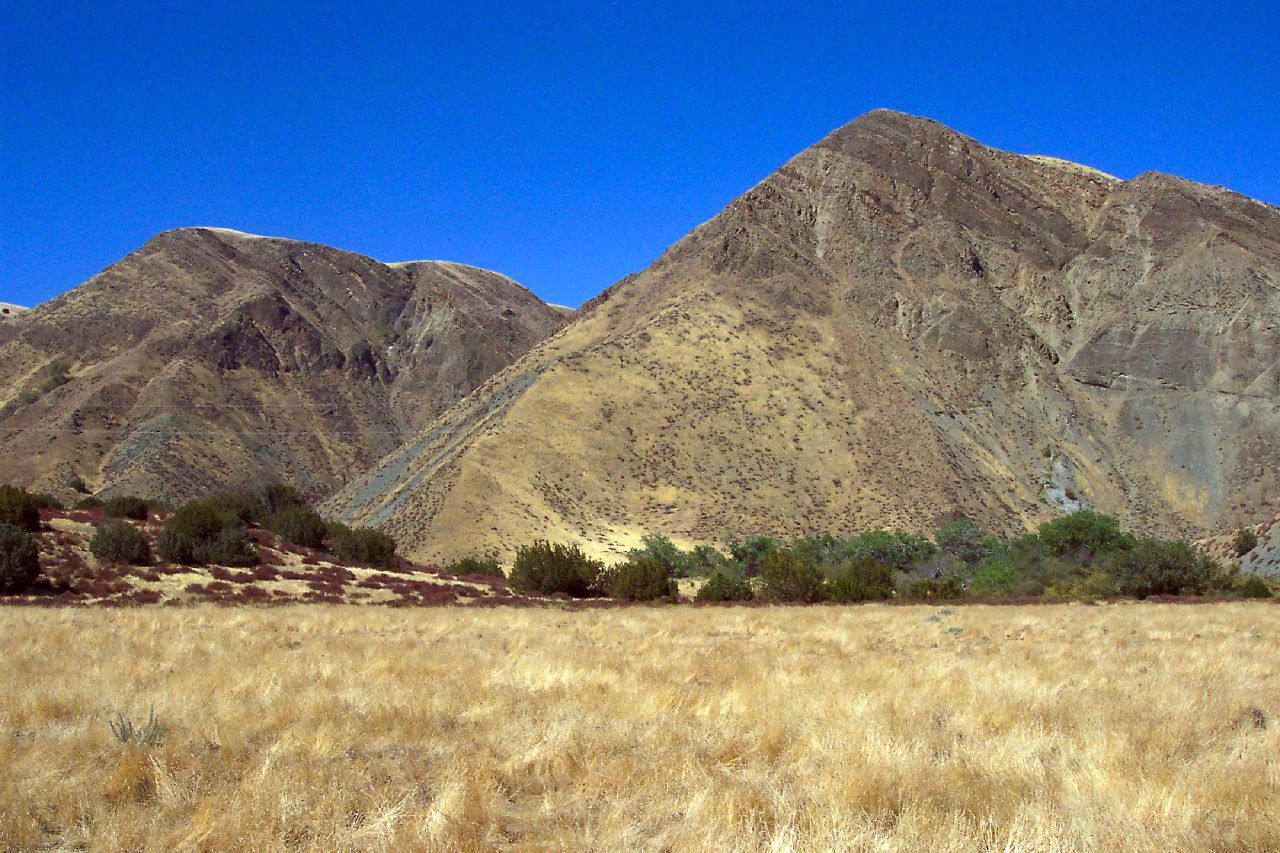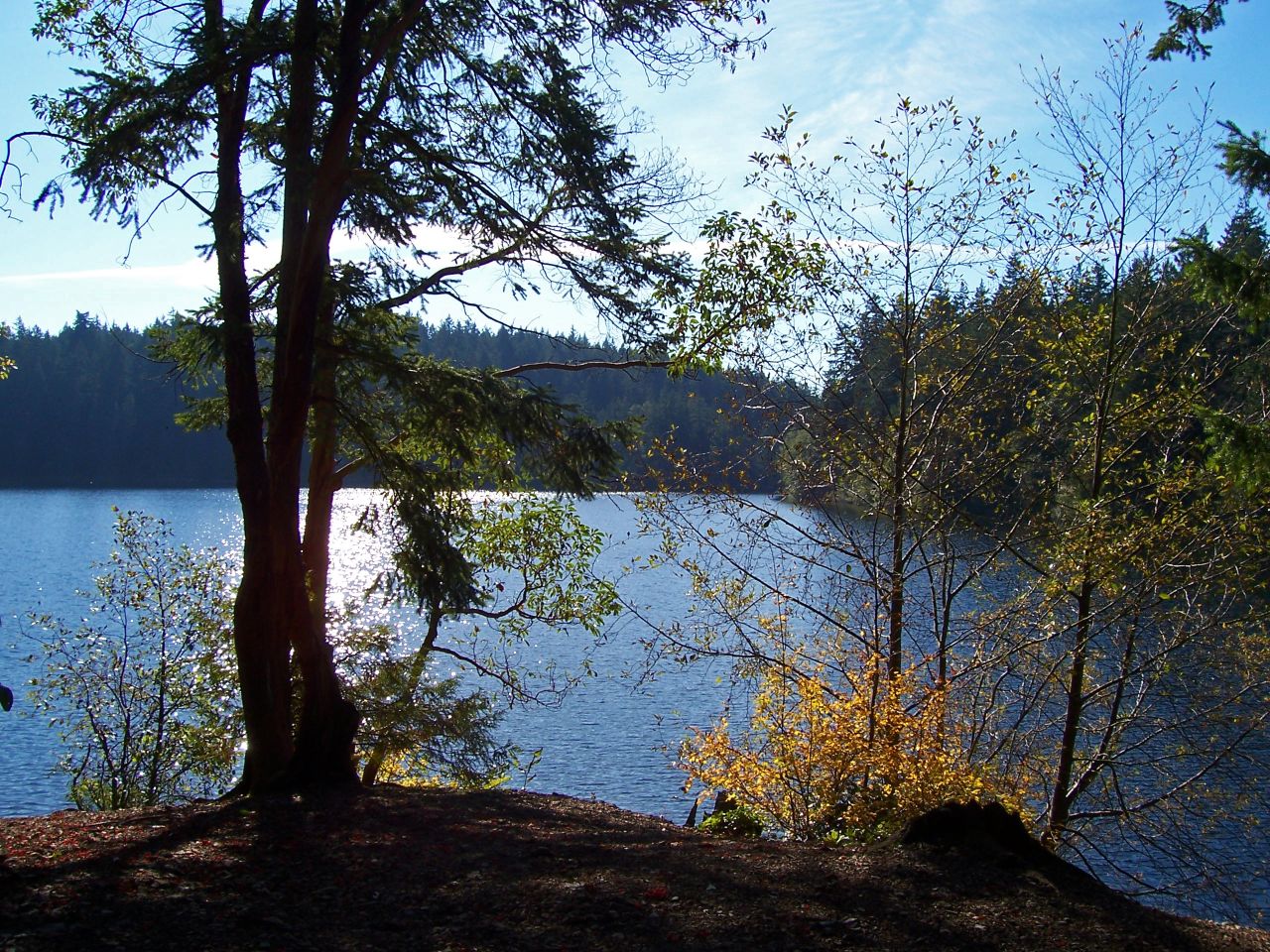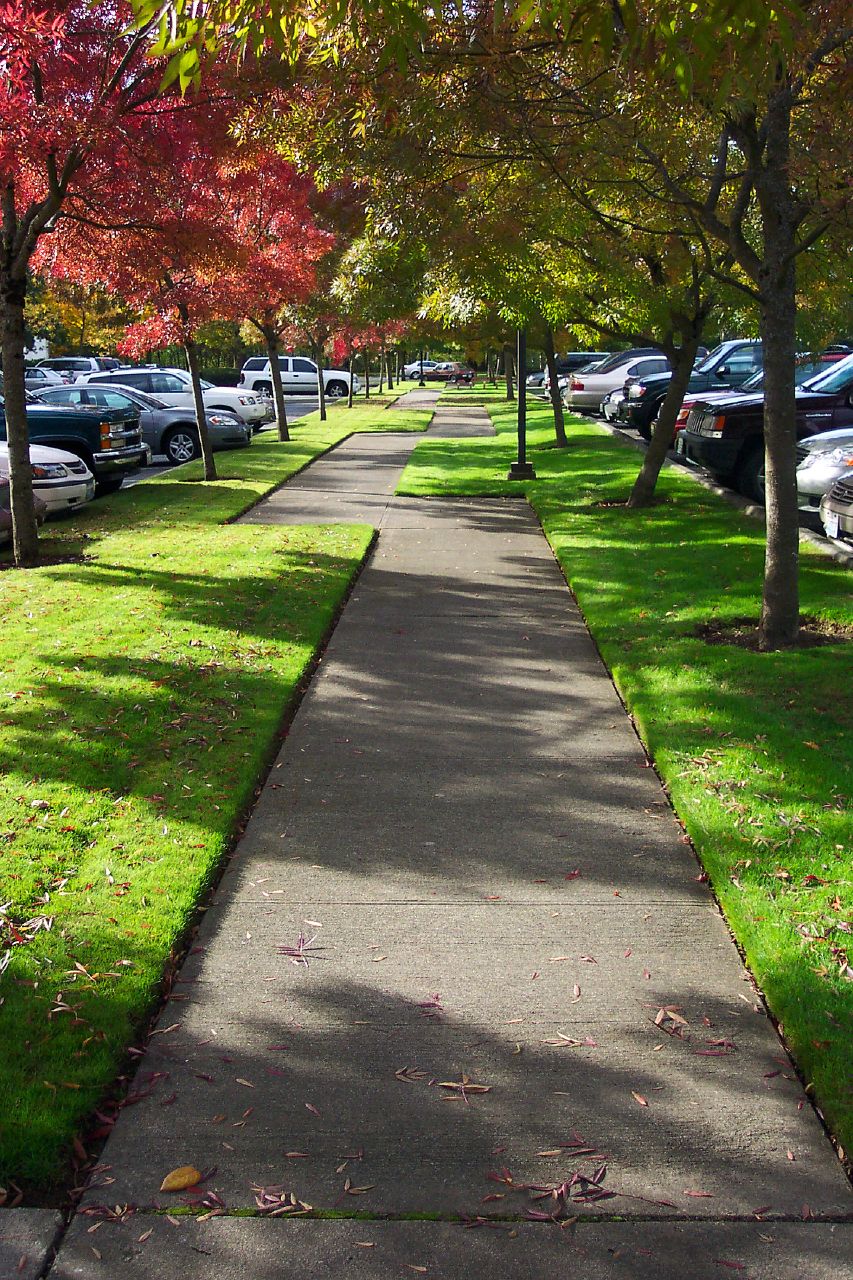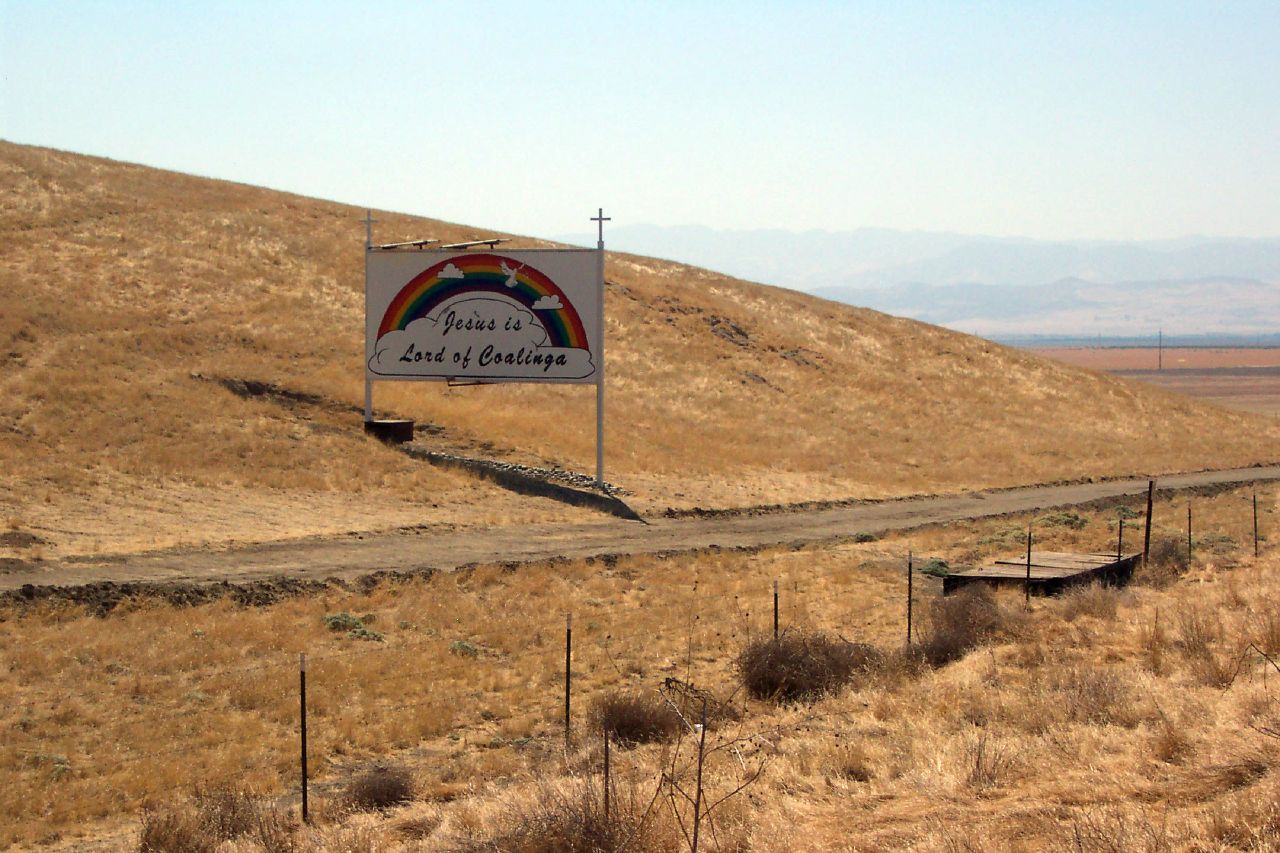I dropped the car off for an oil change at Toyota - every fourth change free. Yeah, you change your own oil, I know. Well I've changed a ton of oil and it doesn't get any more pleasant. I take advantage of the time and go for a long walk, snap a few photos of things that catch my interest. I strolled into the supermarket espresso place and ordered up a 20 ozer latte. The Byrds "My Back Pages" was playing. Man I love that song, written by Bob Dylan. I found a You Tube video from Bob Dylan's 30th anniversary tour, with Roger McGuinn leading things off accompanied by Eric Clapton, George Harrison, Tom Petty, and Neil Young.
Crimson flames tied through my ears
Rollin' high and mighty traps
Pounced with fire on flaming roads
Using ideas as my maps
"We'll meet on edges, soon," said I
Proud 'neath heated brow
Ah, but I was so much older then
I'm younger than that now.
Half-cracked prejudice leaped forth
"Rip down all hate," I screamed
Lies that life is black and white
Spoke from my skull, I dreamed
Romantic facts of musketeers
Foundationed deep, somehow
Ah, but I was so much older then
I'm younger than that now.
Girls' faces formed the forward path
From phony jealousy
To memorizing politics
Of ancient history
Flung down by corpse evangelists
Unthought of, though, somehow
Ah, but I was so much older then
I'm younger than that now.
A self-ordained professor's tongue
Too serious to fool
Spouted out that liberty
Is just equality in school
"Equality," I spoke the word
As if a wedding vow
Ah, but I was so much older then
I'm younger than that now.
In a soldier's stance, I aimed my hand
At the mongrel dogs who teach
Fearing not that I'd become my enemy
In the instant that I preach
My existence led by confusion boats
Mutiny from stern to bow
Ah, but I was so much older then
I'm younger than that now.
Yes, my guard stood hard when abstract threats
Too noble to neglect
Deceived me into thinking
I had something to protect
Good and bad, I define these terms
Quite clear, no doubt, somehow
Ah, but I was so much older then
I'm younger than that now.
 I left Coalinga heading west into the California Coast Ranges on a curving Highway 198. The golden hills opened and closed on the winding road. Each turn in the road offered a new vista. I was looking for the junction to Parkfield on a road that would take me south through Parkfield and eventually to end up in Paso Robles later in the day. A small dirt parking area caught my on the right and I jammed the breaks to pull in. It was a BLM access for a place called Curry Mountain. It was nice to stretch a few minutes, smell the air, admire the views and take a few photos.
I left Coalinga heading west into the California Coast Ranges on a curving Highway 198. The golden hills opened and closed on the winding road. Each turn in the road offered a new vista. I was looking for the junction to Parkfield on a road that would take me south through Parkfield and eventually to end up in Paso Robles later in the day. A small dirt parking area caught my on the right and I jammed the breaks to pull in. It was a BLM access for a place called Curry Mountain. It was nice to stretch a few minutes, smell the air, admire the views and take a few photos.




